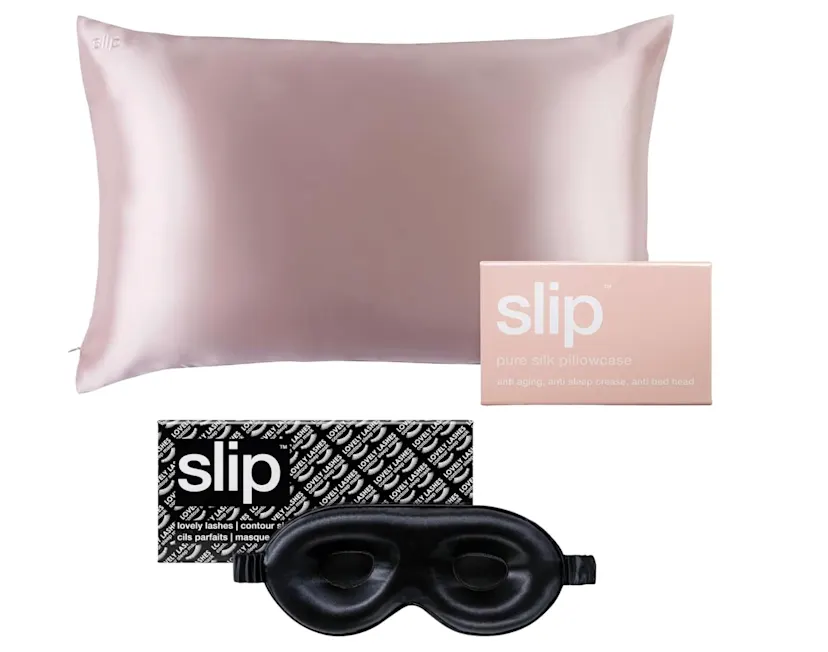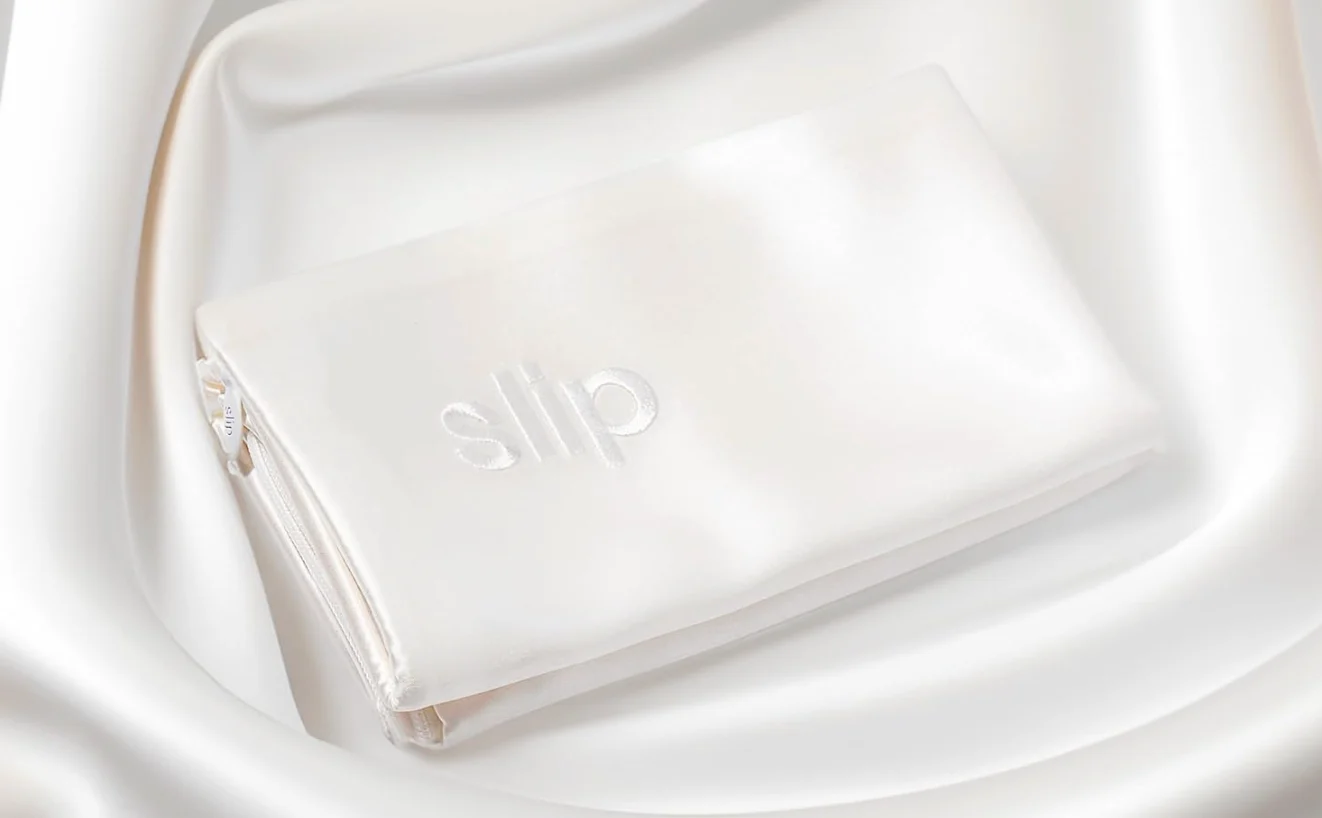Silk Pillowcase Review (2025) — An Honest Take from Consumer's Best

Consumers Best Verdict: Silk Pillowcase Highlights
From a value, durability, and user-experience standpoint in 2025, a well-made Silk Pillowcase (look for 6A mulberry silk, solid stitching, and a secure closure) earns high marks with Consumer's Best. It’s not the cheapest upgrade, but the comfort-to-cost ratio is strong if you’re after frizz control, fewer sleep creases, and a cool-to-the-touch, glidey surface. Tiny note: you do have to treat silk gently. If that’s a dealbreaker, keep reading.
Short version? If you’ve been Googling a slip silk pillowcase review and wondering if the hype is real, I’d say yes—mostly. A quality Silk Pillowcase feels instantly smoother, helps hair stay neater overnight, and won’t drink up your skincare like cotton can. It’s a small, nightly luxury that quietly pays you back.
In-Depth Look: Silk Pillowcase Features & Considerations
Core Features & Consumer Benefits
Here’s what stood out in day-to-day use—simple shifts that add up.
Reduced friction for hair
Silk’s glide helps minimize tangles, frizz, and next-day breakage—especially helpful for curls, coils, and fragile, chemically treated hair.
Skin-friendly surface
Silk absorbs less than cotton, so your nighttime serums are more likely to stay on your skin. It also tends to cause fewer temporary sleep creases.
Breathable and temperature-balanced feel
Silk naturally helps regulate heat and feels cool on first contact—ideal if you run warm but don’t want icy, techy fabrics.
Thoughtful construction options
Hidden zipper or envelope closures keep the case in place; stronger seams fight early fraying and extend the pillowcase’s life.
Care that preserves the luxe feel
With a mesh bag, gentle detergent, and air-drying, silk can stay smooth and color-true for years. It’s a little ritual—worth it if you love the finish.
Important Considerations & Potential Downsides
- Price reality
Silk costs more than cotton or polyester satin. The return is comfort and hair/skin perks, but the upfront spend is higher.
- Care needs
Hot water, harsh detergents, or a dryer can rough up fibers or shrink them. Gentle care is non-negotiable.
- Not vegan-friendly
Silk is an animal-derived fiber. If you’re strictly plant-based or looking for cruelty-free, consider satin (poly) or TENCEL alternatives.
- Color and fit quirks
Deep dyes can transfer when new or with damp hair; zippers can snag if they’re flimsy. Check reviews for closure quality and colorfastness.

Who Is the Silk Pillowcase Best For?
Frizz-prone or curly hair
Silk’s slip reduces overnight friction, helping curls keep their shape and blowouts last longer.
Sensitive or acne-prone skin
Gentle, low-drag surface that may reduce sleep creases—just note it’s not a treatment for acne.
Hot-and-cold sleepers
Naturally breathable and cool-on-contact without feeling icy or synthetic.
Beauty minimalists
A low-effort, nightly upgrade that supports hair and skin without changing your routine.
Gift givers
Premium feel, pretty packaging (often), and year-round usefulness—easy win for birthdays or holidays.
Who Might Want to Explore Other Options?
- Tight budgets
Polyester satin pillowcases mimic the glide for less, though they’re less breathable and not as durable.
- Strict vegans or cruelty-free shoppers
Look to plant-based options like TENCEL Lyocell or bamboo-modal blends for a silk-adjacent feel.
- Very hot sleepers in humid climates
Performance cooling cases (e.g., phase-change or TENCEL) can feel cooler for longer bouts.
- Low-maintenance households
If delicate-wash-only is a no-go, crisp cotton percale is tougher and tumble-dryer friendly.










